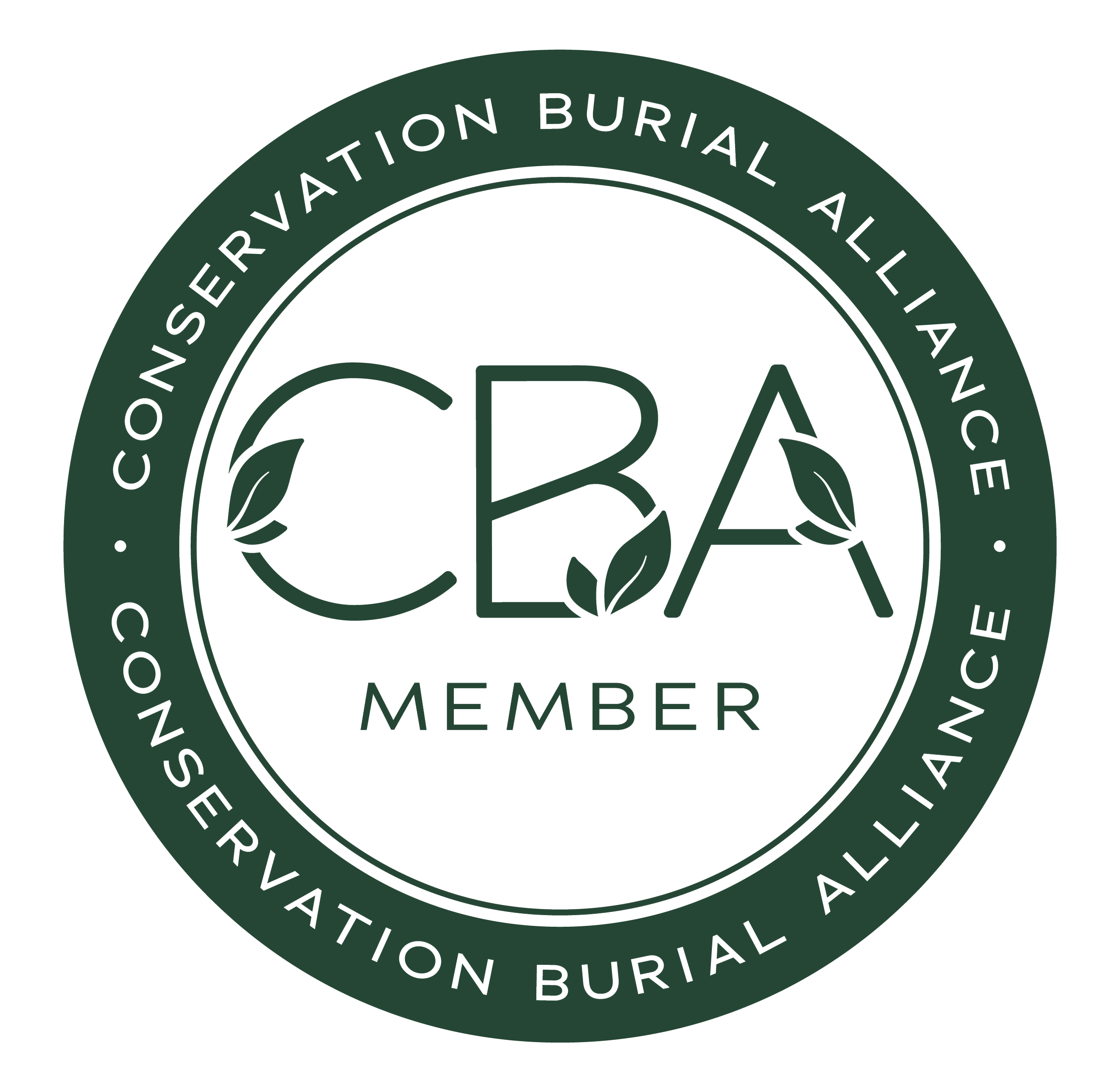If you have happened upon Prairie Creek Conservation Cemetery (PCCC), chances are you already embrace to some degree the notion that natural burial is an exceptional way to give back to the earth as a final departing gesture, an acknowledgement and a reciprocation for the wheel of life. As a community-driven project, PCCC provides the much needed option of a natural burial to repair our fractured relationship with the land, to embrace the cyclic principles encoded in nature, and to build a network of relationships which celebrate and uphold these principles. With this in mind, it is also worthwhile to recognize that a natural burial in the context of conservation is more than simply a personal choice, but an act of environmental activism in a time when such acts are urgently needed.
The conjunction of environmental crises is one of the defining characteristics of our present time. One such trend that immediately comes to mind is the ever-present threat of overdevelopment. We live in a state where the environmental impacts of overdevelopment and sprawl are highly visible, and at the forefront of public debate. Since the beginning of this millennium, Florida has lost an estimated 3 million acres of forest to development. That land, which has been converted to subdivisions and the commercial centers that support them, was habitat to countless species in a once robust network of diverse ecosystems, many of whom are now threatened with extinction, such as the Florida panther. Even the wild places on the periphery of these major developments are heavily impacted, as the exchange of energy between ecosystems is cut off. The degradation of our wetlands and springs can also be seen through the pollution and runoff that accompanies increased development in our previously wild spaces.
Our native forests are enormously important carbon stores, and losing them inevitably contributes to our planet’s rapid warming due to the changes in the composition of our atmosphere. 2024 was the warmest year on record, dating back to 1850 when reliable record keeping began. This comes as the global atmospheric concentration of CO2 approaches 430 ppm, a level not seen for around 15 million years. Today, on the periphery of a very busy news feed, we see evidence of the daily occurrence of extreme climate-driven disasters. Widespread flooding, unprecedented wildfires, subarctic heat waves, and increasing intensity of storms, including Category 5 hurricanes. Species and biodiversity loss is beginning to be attributed more and more to changes in climate, where it was previously driven primarily by land use change. Rapidly declining insect populations in nature preserves, which were once thought to be exempt from such extinction events, underpins a deepening crisis of ecological disruption. Now more than ever, it is important to deploy a multifaceted approach to curbing global heating, not only with the reduction of CO2 emissions, but with the strengthening of natural stores of carbon.
When it comes to the preservation of our forests and wetlands, many strategies need to be deployed to ensure the future legacy of Wild Florida, and of Planet Earth. Conservation burial is one of many such strategies, and one that incentivizes the preservation of more and more land as this model continues to grow and receive a wide adoption. PCCC is here to provide the service of an ecological option for burial, but also to provide an example for other communities, to embody a model of conservation which can be replicated and applied in a variety of environments. Conservation burial is one of many efforts that are growing in response to the challenges of our time, and through the contribution and participation of all of our community members, we collectively create a positive impact that will ripple through time for the generations to come.
By Kevin Moran, PCCC Operations Coordinator





